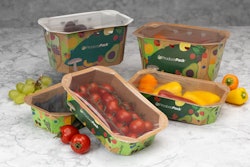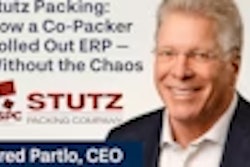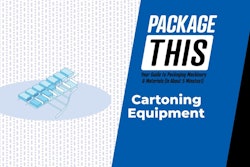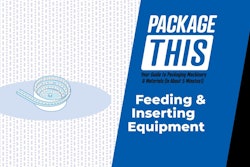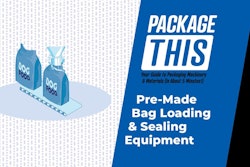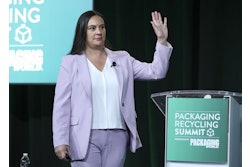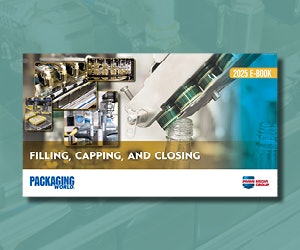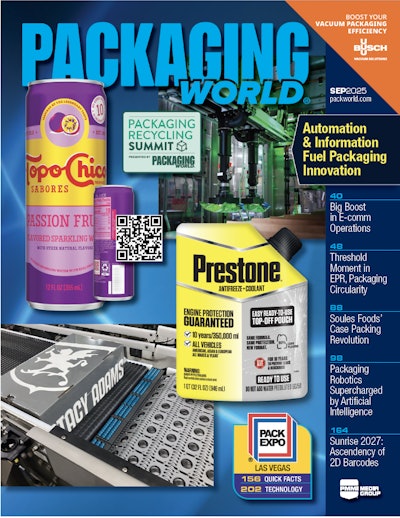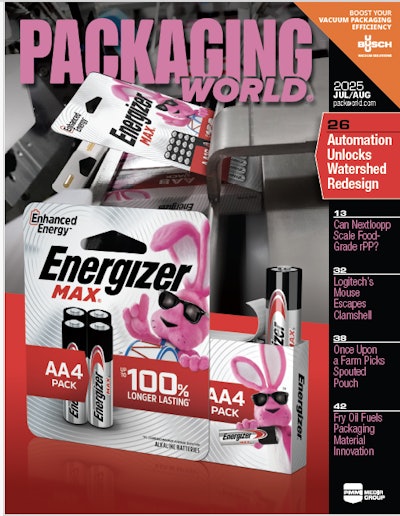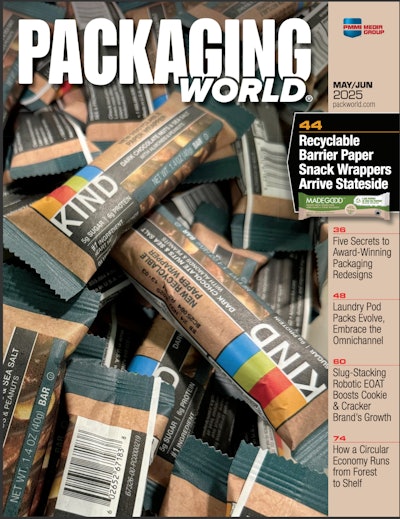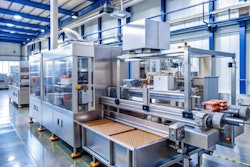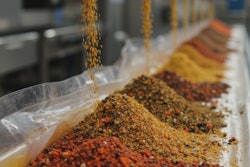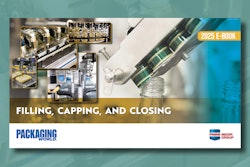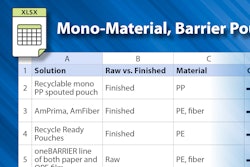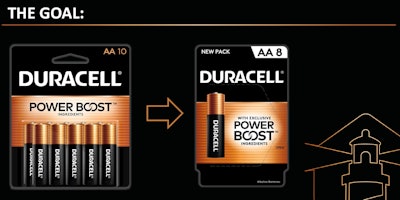
Paper packaging often comes with tradeoffs: It can reduce the use of plastic, but sometimes at the expense of durability or shelf appeal. But what if you could make a sweeping switch to a paper package and simultaneously improve the shopper experience, simplify the supply chain, and cut costs? That was both the challenge and the opportunity Duracell set out to tackle.
At Packaging World’s 2025 Packaging Recycling Summit this summer, Brandon Barr, VP/GM at Duracell, shared how the company moved from a 60-year-old plastic blister-pack to a fully paper-based package that’s now rolling out in Walmart stores across the country. “We had tried three, four different times over 20 years to get a sustainable package to market and failed,” he said. “So we had to really take a step back and think of how we could do this in a new and different way.”
 Brandon Barr, VP/GM for DuracellPMMI Media Group
Brandon Barr, VP/GM for DuracellPMMI Media Group
Barr framed the shift as more than a packaging change. It was a full-on category reinvention built around the single principle of making it easier for stakeholders to say yes. “You can’t convince people to move to a new sustainable package if you don’t know what motivates each of them,” he said. For Duracell, the three stakeholder groups were consumers, retailers, and its own internal teams.
For consumers, there were a number of pain points. Batteries were hard to find in-store, hard to shop once you got there, and frustrating to open once you got home. “There are technically five main battery types, but we could have 150 to 200 different SKUs on the shelf,” Barr said. “It is very complicated to navigate.” The old clamshell packaging didn’t help either. Difficult to open and impossible to reseal, it often led to batteries ending up loose in a drawer or a Ziploc bag.
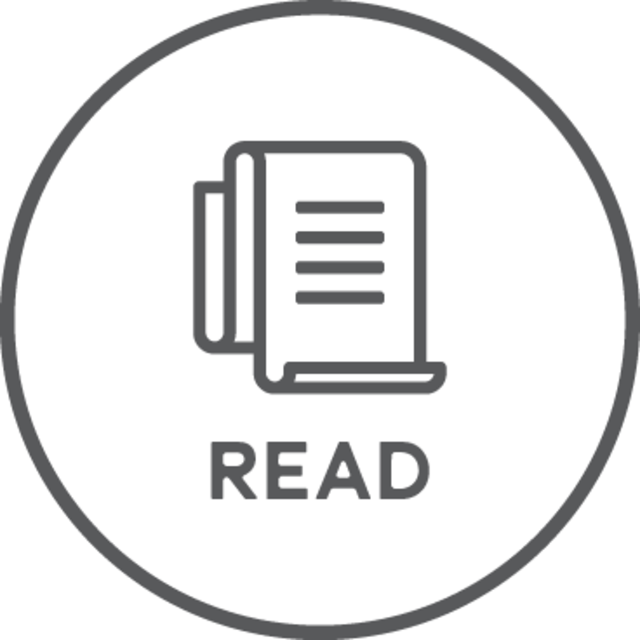 | Read a related article on Duracell peer Energizer making the switch to paper in, “Energizer Launches Plastic-Free Paper Pack with Walmart” |
Retailers had their own headaches. Multiple product locations and bulky packaging made it tough to keep shelves stocked and inventory in the right place. “Labor constraints post-COVID just amplified all of that,” Barr said.
Internally, the company was juggling 207 SKUs in North America alone for just five battery types. This complexity was driving up forecasting challenges, changeover times, and equipment costs.
 The new battery package is an all-paper blister that runs on existing packaging machinery and features an easy-open design, better storage, and improved shelf presence.Duracell
The new battery package is an all-paper blister that runs on existing packaging machinery and features an easy-open design, better storage, and improved shelf presence.Duracell
The solution came in the form of a new paper blister-pack with a retrofitted packaging line that didn’t require brand-new equipment. “We form the cardboard on our existing lines and heat-seal it to paperboard, just like we used to with plastic,” Barr said. “It’s kind of where it landed.”
The package features an easy-open design, better storage, and improved shelf presence. And consumers noticed, with 96% giving it a top-two-box score, which means that 98% of shoppers who have used it said they love it or like it a lot, and 90% saying they prefer it over the old format. “Twice as many shoppers prefer it for ease of use,” Barr noted.
What’s equally impressive is what the change unlocked. By altering the layout of the batteries and reducing SKU count, Duracell doubled the number of batteries that could fit in the same shelf space. “That means I only have to send half the number of displays to the store,” Barr explained. “Less pallets, less trucks—everything that drives cost, I’m removing.”
Test stores with the new packaging saw a high single-digit lift in conversion as shoppers more easily found what they needed and added it to their carts. And because the new layout made it easier to understand the product and compare options, Duracell saw fewer lost sales due to shopper confusion or frustration.
 A myriad of sustainability benefits accompanied Duracell’s shift from plastic to paper packaging.Duracell
A myriad of sustainability benefits accompanied Duracell’s shift from plastic to paper packaging.Duracell
In conjunction with the new primary packaging design, Duracell also overhauled its shipping cases, dropping from 69 separate packaging components to one easy-open box that can be stocked in 30 seconds instead of 90. “The retailers love the new cases more than the new package,” Barr said. “It lets them keep their shelf in stock longer.”
Sustainability gains followed naturally. With the new packaging system in place, Duracell expects to eliminate 26 million pounds of waste annually and reduce pallet shipments by up to 60,000, which is equivalent to driving 1 million fewer kilometers, or 25 trips around the world.
 | Read about another new paper package in this related article, “Global Snack Bar Paper Wrapper Trend Makes U.S. Landfall with Riverside” |
“It’s all about how you piece together those value creators,” Barr said. “That’s what enables and unlocks the package.”
The company’s investment in retrofitting lines is expected to pay for itself in 15 to 16 months, while the full system-wide shift, including in-store changes, will break even in under four years. PW


